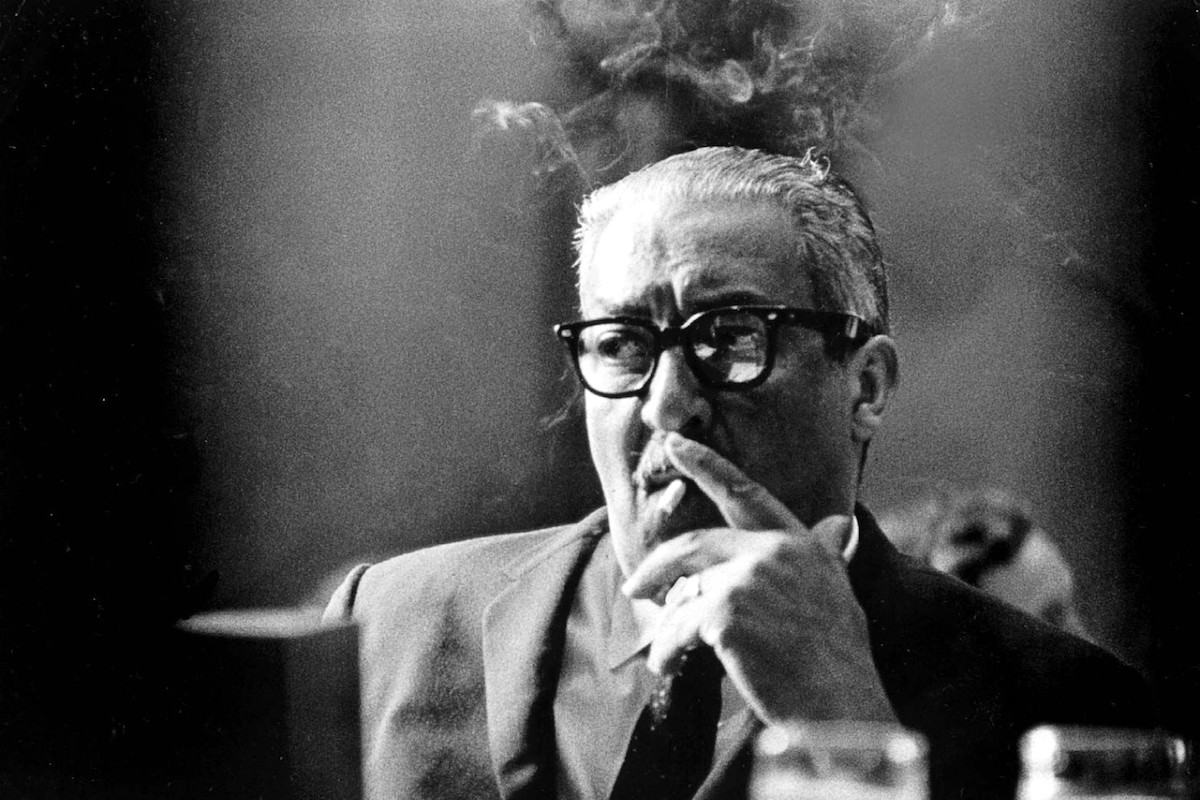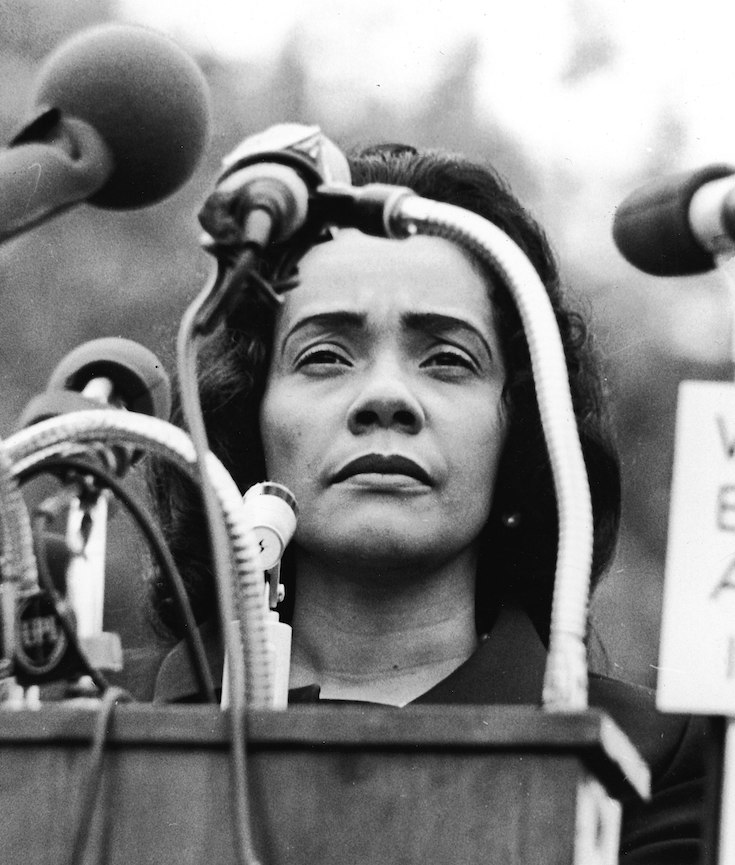[dropcap]This[/dropcap] civil rights movementt timeline chronicles the fight for racial equality in its early days, the 1950s. That decade saw the first major victories for civil rights in the Supreme Court as well as the development of nonviolent protests and the transformation of Dr. Martin Luther King Jr. into the movement’s preeminent leader.
1950
The U.S. Supreme Court strikes down segregation of African-Americans in graduate and law schools. The initial case was fought by Thurgood Marshall and the NAACP Legal Defense Fund. Marshall used this win to begin building a strategy to fight the “separate but equal” doctrine established with in 1896.
1951
Linda Brown, an 8-year-old girl in Topeka, Kan., lives within walking distance of a whites-only elementary school. Because of segregation, she has to travel by bus to a more distant school for African-American children. Her father sues the school board of Topeka, and the U.S. Supreme Court agrees to hear the case.
[mc4wp_form id=”6042″]

Brown v. Board of Education of Topeka, 347 U.S. 483 (1954), was a landmark United States Supreme Court case in which the Court declared state laws establishing separate public schools for black and white students to be unconstitutional. The decision overturned the Plessy v. Ferguson decision of 1896, which allowed state-sponsored segregation, insofar as it applied to public education. Handed down on May 17, 1954, the Warren Court’s unanimous (9–0) decision stated that “separate educational facilities are inherently unequal.” As a result, de jure racial segregation was ruled a violation of the Equal Protection Clause of the Fourteenth Amendment of the United States Constitution. This ruling paved the way for integration and was a major victory of the Civil Rights Movement, and a model for many future impact litigation cases. However, the decision’s fourteen pages did not spell out any sort of method for ending racial segregation in schools, and the Court’s second decision in Brown II, 349 U.S. 294 (1955) only ordered states to desegregate “with all deliberate speed”. (Wikipedia)


You must be logged in to post a comment.